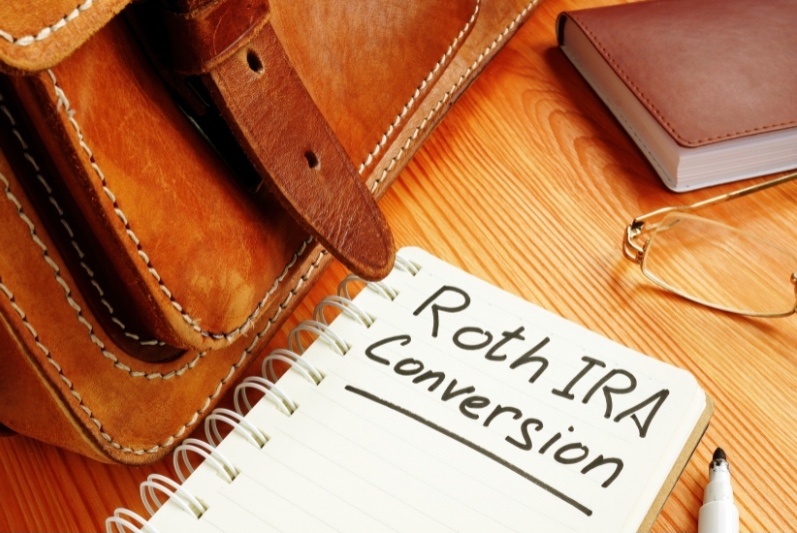By Oscar Casas, CFP®, CRPC®, MPAS®, ABFP℠
One of the biggest challenges in retirement is managing the taxes on your income. A Roth IRA conversion might be just what you need. By paying taxes now on money in a traditional IRA or 401(k) and converting it, you can grow your retirement savings tax-free and take advantage of the long-term Roth IRA conversion benefits.
Wondering if a conversion makes sense for you? At Tranquility Path Investment Advisors, we make it easy to understand your options so you can make confident decisions that fit your goals.
In this article we review the differences between traditional and Roth IRAs, walk you through the conversion process, and help you see if the Roth IRA conversion benefits are a good fit for your financial future.
Traditional vs. Roth IRA
A traditional IRA provides a tax benefit on the front end, meaning qualifying individuals enjoy a benefit sooner rather than later. Contributions are made with pre-tax earned income. At tax time, the contributions made over the last year are fully or partially tax-deductible based on income and whether you or your spouse are participating in a work-sponsored retirement plan.
Here’s a breakdown based on tax filing status:
- Single: The tax deduction phases out for those who are covered by a workplace retirement plan and have an adjusted gross income ranging from $79,000 to $89,000.
- Single: The tax deduction is available for any amount of AGI if the taxpayer is single and not covered by a workplace retirement plan.
- Married: The tax deduction phases out from $126,000 to $146,000 for the spouse making traditional IRA contributions with a work retirement plan.
The 2025 max annual contributions into a traditional IRA is $7,000 (or $8,000 for those over 50). A traditional IRA also comes with a required minimum distribution (RMD), beginning April 1 after your 73rd birthday. (Note: Under the SECURE 2.0 Act, the RMD age will rise to 75 in 2033.) Failing to take the RMD can result in a hefty penalty.
Conversely, a Roth IRA provides a future tax benefit, once you’re ready to withdraw the funds. Roth IRA contributions are made with after-tax money you’ve earned through work. When it’s time to cash in, you may not be assessed any further taxes on the initial investment or the gains.
Unlike a traditional IRA, there are no RMDs associated with a Roth IRA. You may also withdraw contributions at any time, but be careful not to withdraw any of the gains before you’re 59½ years of age to avoid a 10% penalty.
Roth IRA Conversion and Taxes
A Roth IRA conversion is a tax strategy that normally involves converting tax-deferred savings (IRA, 401(k)) into a tax-free retirement account. In the case of a Roth IRA conversion, you’re ultimately deciding the future tax-free benefits of a Roth IRA are superior to paying the taxes now on pre-tax retirement money.
But how is that determined? A simplistic method may be to first consider your present tax bracket and whether you remain in this bracket (or ascend to a higher bracket) with the conversion. Then consider your potential bracket at and during retirement. If the current bracket is significantly lower than the future one, a conversion may be a good option. If not, or if the brackets are equal, a conversion may not be advisable.
Should You Consider a Roth IRA Conversion? Learn the Benefits.
If you have a traditional IRA and expect to be in a higher tax bracket when you begin withdrawals, exploring the Roth IRA conversion benefits might be a wise move.
Conversions can affect several areas of your financial plan including taxes, retirement planning, investment management, and estate planning, making guidance from experienced financial professionals especially valuable.
At Tranquility Path Investment Advisors, we help you evaluate whether a Roth conversion aligns with your goals and guide you through the process. Take the first step toward a more tax-efficient retirement by scheduling your free consultation today.
Schedule a no-obligation conversation or reach us at (732) 856-4324.



